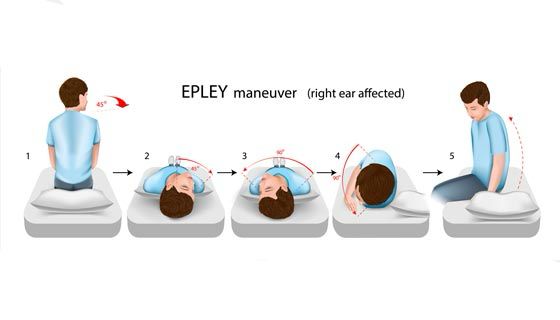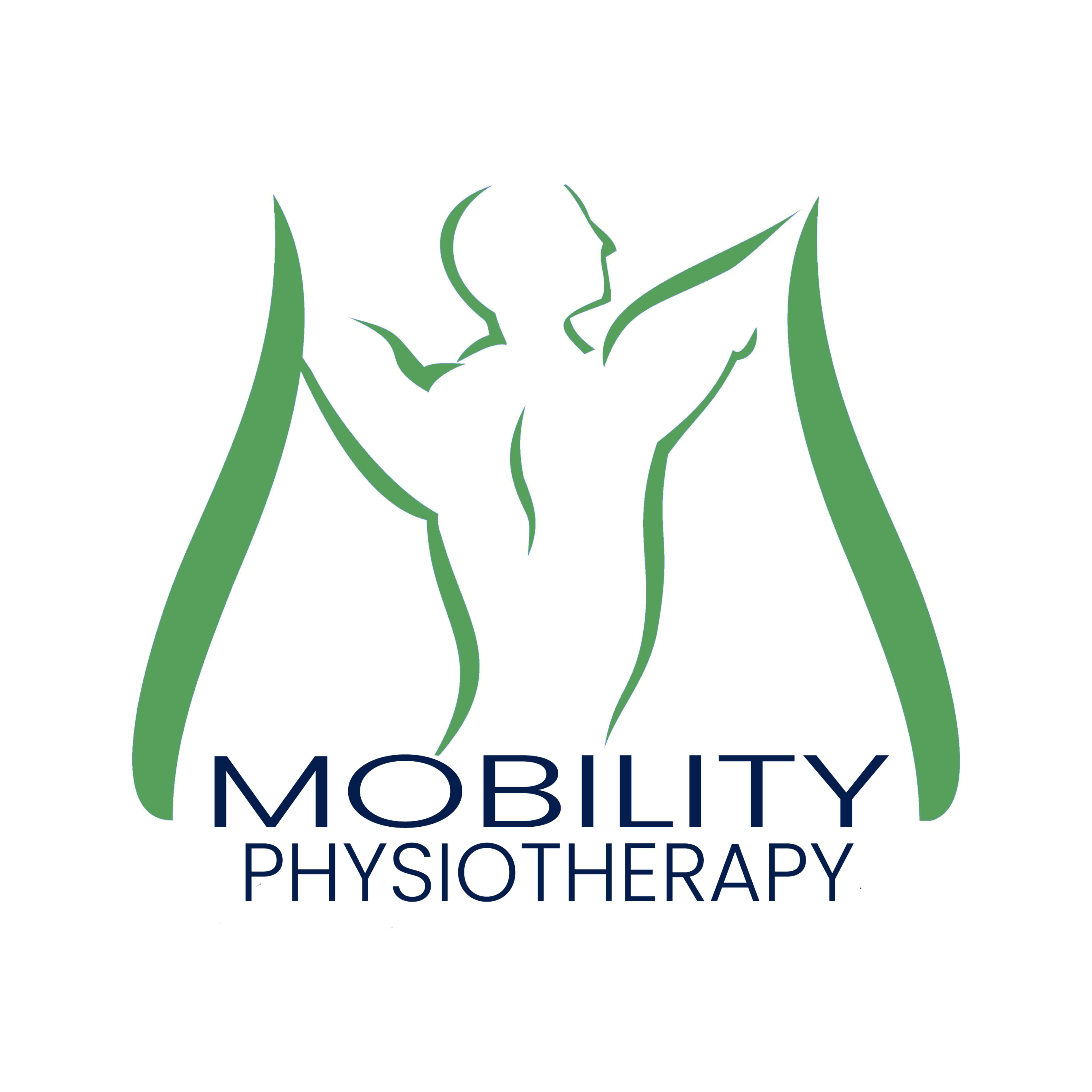Benign Paroxysmal Positional Vertigo (BPPV)
BACKGROUND
This is the most common vestibular condition accounting for 20-30% of all vestibular related dizziness.
The vestibular system is part of the inner ear that helps with balance and spatial awareness. Typically, people who have conditions affecting their vestibular system suffer from dizziness, unsteadiness and may feel like they are moving when they are not. This can often result in a spinning sensation and cause intense nausea in certain positions
Anyone can get BPPV, however it is more common in older adults

CAUSE
The inner ear has 3 semi-circular canals that each go in dimension and are filled with calcium crystals which use the movement of fluid to provide accurate information regarding our body position.
The precise mechanism that causes BPPV is not known however the theory is that one of the crystals may break off or get “stuck” which provides you inaccurate information regarding the positioning of your body
DIAGNOSIS
The main test used to diagnose BPPV is the Dix-Halpike test which can tell you which side is affected and to experienced clinicians can help identify which canal is affected.
The patient starts in sitting with their head turned 45 degrees towards the test side. The therapist quickly moves the patient into a supine position with their head 20-30 degrees into extension. The therapist will ask the patient to look at their nose while they look for nystagmus (involuntary eye movement). They will wait until the nystagmus stops which can take up to 30 seconds or so
Whichever side the patient is symptomatic with (looking to left or right) will tell you which ear is affected
TREATMENT
If you have a positive test and the patient is symptomatic with nystagmus, you will then move on the Epley manoeuvre which tries to reposition the tiny calcium crystals. You will need a therapist to run through this with you but they can teach you how to do it alone.
You will start in the same position as the Dix-Halpike, laid down with your head rotated to the affected side by 45 degrees and your neck extended. You will wait 30 seconds for symptoms to settle then rotate your head to the opposite side, what 30s again. You will then rotate onto your side with your head still rotated to the opposite side. After a further 30s you will then sit up.
The treatment often doesn’t work first time and will need several repetitions over different days for optimal outcomes

